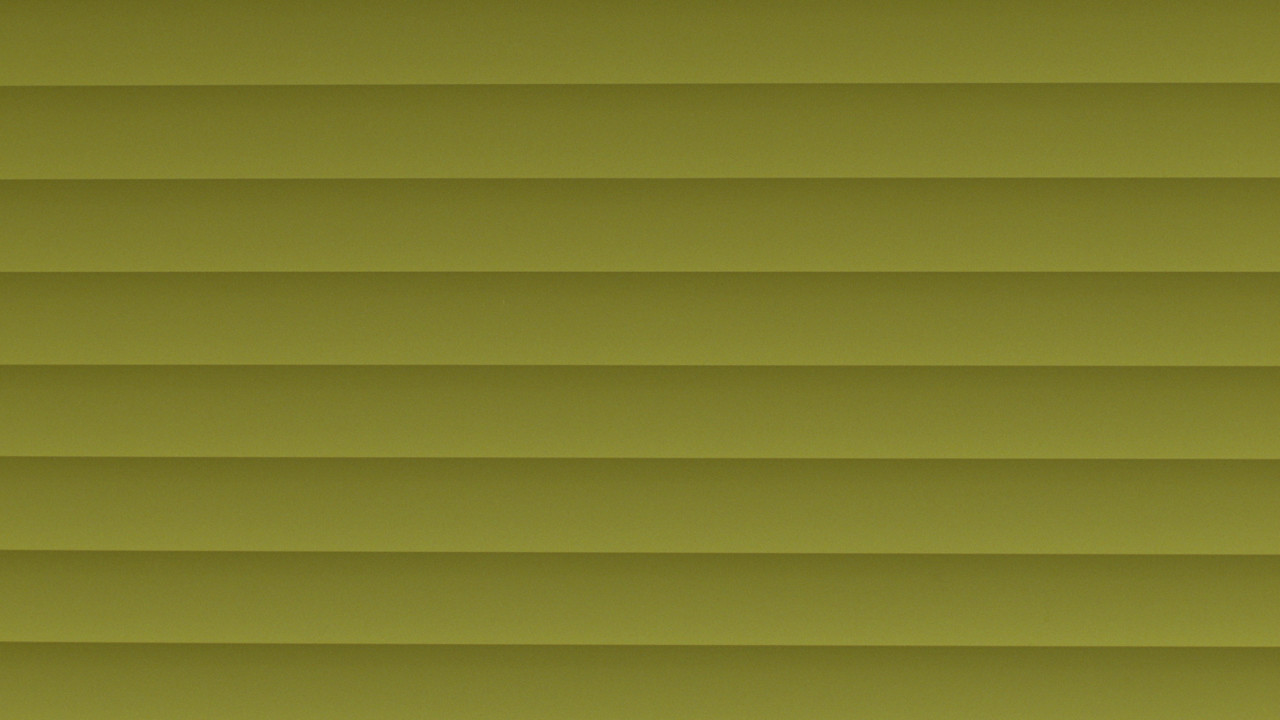In this programme, the idea of "performance" adopts many shapes and guises, and recasts the present through a prism of encounters. Including films by Björn Kämmerer, Nina Könnemann, Ismäil Bahri, Terra Long, Sky Hopinka, Chris Gehman, and Sophie Michael.

Wavelengths
Wavelengths 3: Post-performance
In this programme, the idea of "performance" adopts many shapes and guises, and recasts the present through a prism of encounters.
Alternating the individual slats of a set of Venetian blinds, Björn Kämmerer's Untitled creates a mysterious cadence as it directs attention to the individual shapes and shadows of the shades, creating a vibrating, animated screen with visual music cues.
A clever play between consumption and expulsion, Nina Könnemann's wry What's New contrasts the bi-weekly rhythms of changing posters on a street-level public billboard in Berlin with the suggestion of less-than-proper acts taking place on the opposite side of the board.
In Ismäil Bahri's Foyer, a piece of blank white paper placed and pulsating before a camera's lens attracts a crowd of passersby in Tunis, the simplicity of the conceit slowly opening up to a profound reflection on the nature of cinema itself (both its creation and its collective viewing) while tracing the forms of a particular social and political landscape.
In Terra Long's 350 MYA, a sheet whips before the camera, shaped by the same wind that forms the rigid, undulating lines of sand below it as the film conjures the continued presence of the now-vanished Rheic Ocean in the Tafilalet region of the arid Sahara Desert.
Texts and performances by the late Indigenous poet Diane Burns bind Sky Hopinka's dazzling and mysterious blend of original and found sources in I'll Remember You as You Were, Not as What You'll Become, which continues the filmmaker's exploration of language, storytelling, and transcendent ways of seeing.
Reminiscent of Jordan Belson's spiritual animation work, Chris Gehman's mesmeric Dark Adaptation is a shimmering vision of refracted light and pure prismatic colour. Shooting on 16mm reversal film and working with simple materials, the filmmaker explores everyday optical phenomena at the edge of perceptibility, the film's visual-music properties enhanced by an atmospheric soundtrack from musician and composer Graham Stewart.
A warbling 1920s Mighty Mortier organ accompanies the expiring vestiges of choreographed neon light and fountains in Sophie Michael's trippy The Watershow Extravaganza, which records the eponymous, near-derelict attraction at Watermouth Castle theme park in Devon — a spectacle eerily devoid of spectators and on the verge of exhaustion and hysteria.
ANDRÉA PICARD
Special thanks to the Embassy of Austria, Ottawa.
This programme is rated PG.
Screenings
Bell Lightbox 4